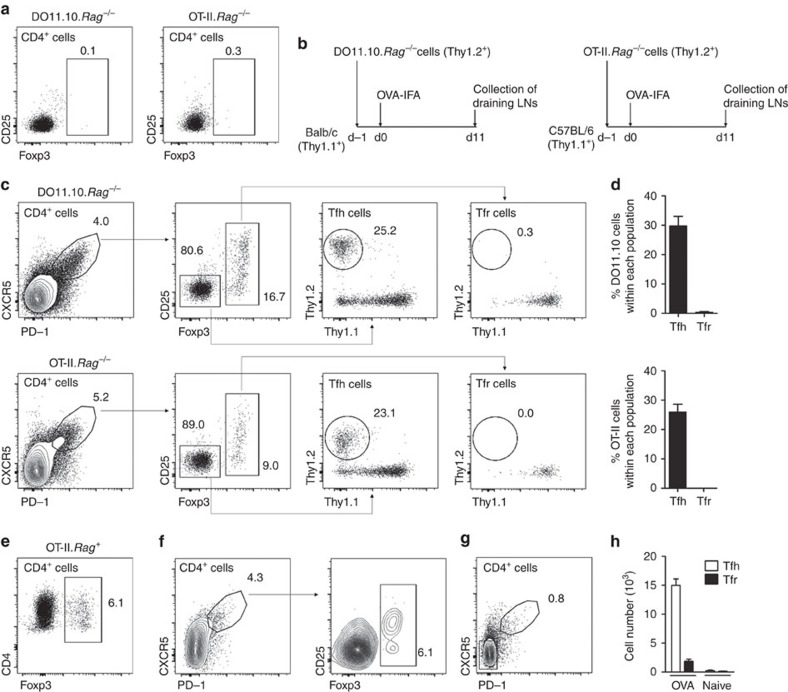Figure 1. Tfr cells do not differentiate from Foxp3− T-cell precursors.
(a) CD4+ T cells from OVA-specific OT-II.Rag−/− or DO11.10.Rag−/− mice are devoid of Foxp3+ Treg cells. (b) 106 CD4+ T cells from OT-II.Rag−/− or DO11.10.Rag−/− mice were adoptively transferred into, respectively, C57BL/6 or Balb/c hosts subsequently immunized with OVA-IFA in the footpad. At day 11 popliteal LNs were analysed by flow cytometry. (c) Gating strategy for detection of DO11.10.Rag−/− (upper panel) or OT-II.Rag−/− (bottom panel) within Tfh and Tfr cell populations. (d) While Tfh (CD4+CXCR5+PD-1+Foxp3–) cells contained ∼25–30% TCR-transgenic cells, those adoptively transferred cells could not be detected among the Tfr (CD4+CXCR5+PD-1+Foxp3+) population in any of the two genetic backgrounds. Mean±s.e.m. are presented for n=5. (e) OT-II.Rag+ mice have Foxp3+ Treg cells. (f) Adoptive transfer of CD4+ T cells from OT-II.Rag+ mice into TCRβ−/− hosts followed by immunization as described in b. Under these conditions the transferred TCR-transgenic cells originated both Tfh and Tfr cells. (g) Relative frequency of T follicular cells in popliteal LNs of non-immunized C57BL/6 mice. (h) Absolute number of Tfh and Tfr cells within popliteal LNs from non-immunized C57BL/6 mice compared to OVA-immunized mice. Mean±s.e.m. is presented for n=3.

